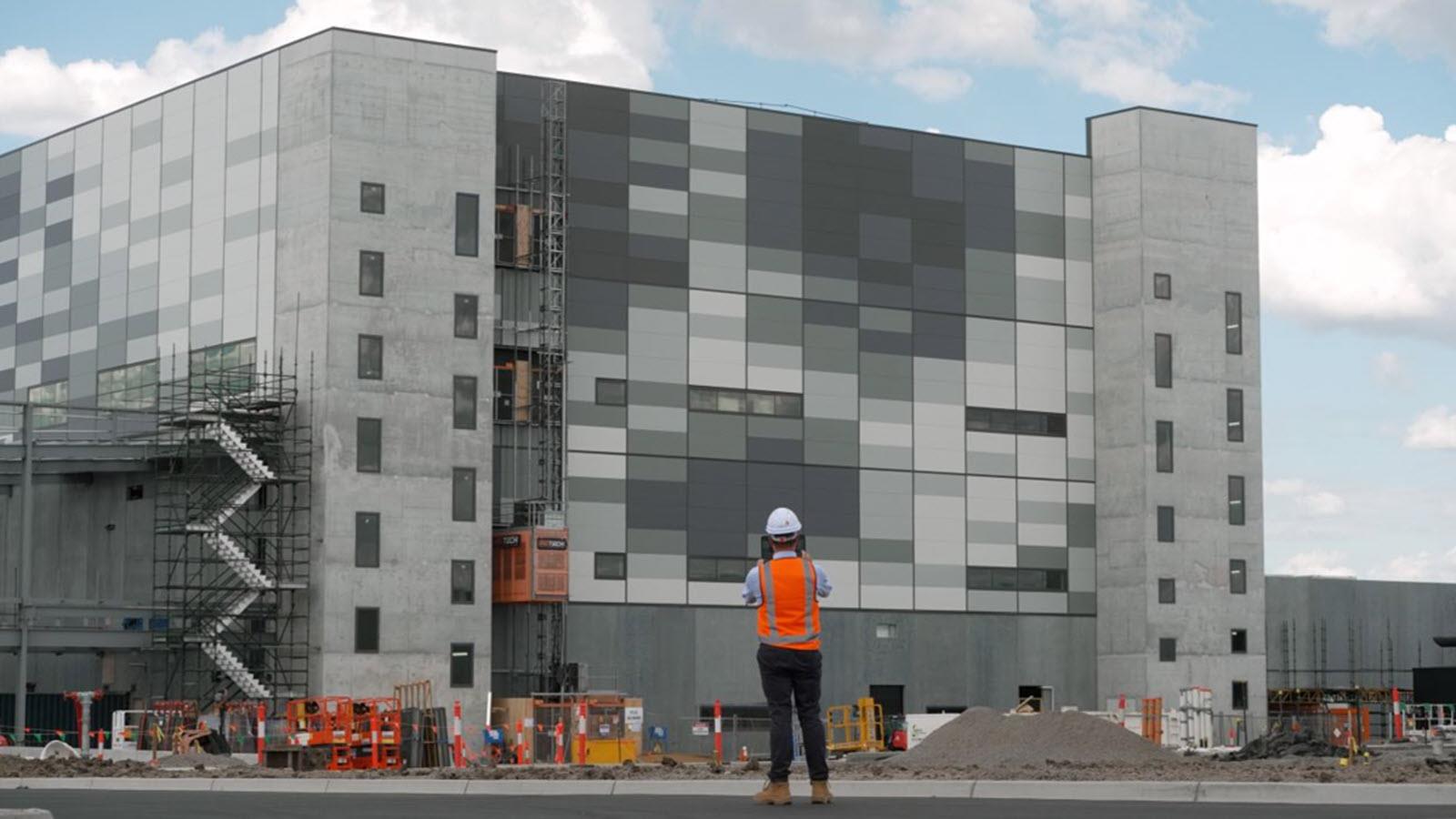The roof has been officially laid atop the three facilities that together form CSL Seqirus’ new influenza vaccine and antivenom manufacturing hub in Melbourne, Australia.
CSL Seqirus, a business unit of CSL, recently celebrated the construction milestone known as “topping out,” which marks the completion of the highest point in a building’s construction. The project makes an important contribution to both public health and economic growth, said Jonah Smith, Vice President and Program Lead for CSL Seqirus Tullamarine. The site will aid global preparedness for seasonal and pandemic influenza.
“This will be the only cell-based influenza vaccine manufacturing facility in the Southern Hemisphere, and we’ve designed it to support a sustainable future for our community,” Smith told the media at the recent topping out ceremony. “We’re incorporating on-site renewable energy generation, electrifying the plant to reduce our reliance on fossil fuels, conducting heat and water recovery. This is also one of the first local manufacturing facilities to pursue 5 star ‘Green Star’ and Gold WELL certification.”
Upon completion, the site in Tullamarine, Melbourne, will welcome CSL employees into its 305,695 square feet (28,400 square meters) office and manufacturing space to support the production of influenza vaccines for Australia and other markets. CSL invested more than $800 million AUD (US $534 million) into the Tullamarine hub and the supply chain is worth more than $300 million AUD annually to the Australian economy.
In addition to vaccines, the facility will produce antivenoms used to treat dangerous bites and sings. It’s another way the new site will contribute to the health of Australia and its neighbors, said Dr. Jonathan Anderson, CSL Seqirus Executive Medical Director, International Regions.
“We have been producing antivenoms since the development of tiger snake antivenom in 1930 and through this facility we will continue to help protect people in the event of a venomous bite or sting from snakes, spiders and marine creatures native to our region,” he said.
The site, on track to become operational in 2026, is part of the company’s $2 billion investment in Australia. Other recent projects include the new plasma fractionation facility in Broadmeadows and new global headquarters in Melbourne.



